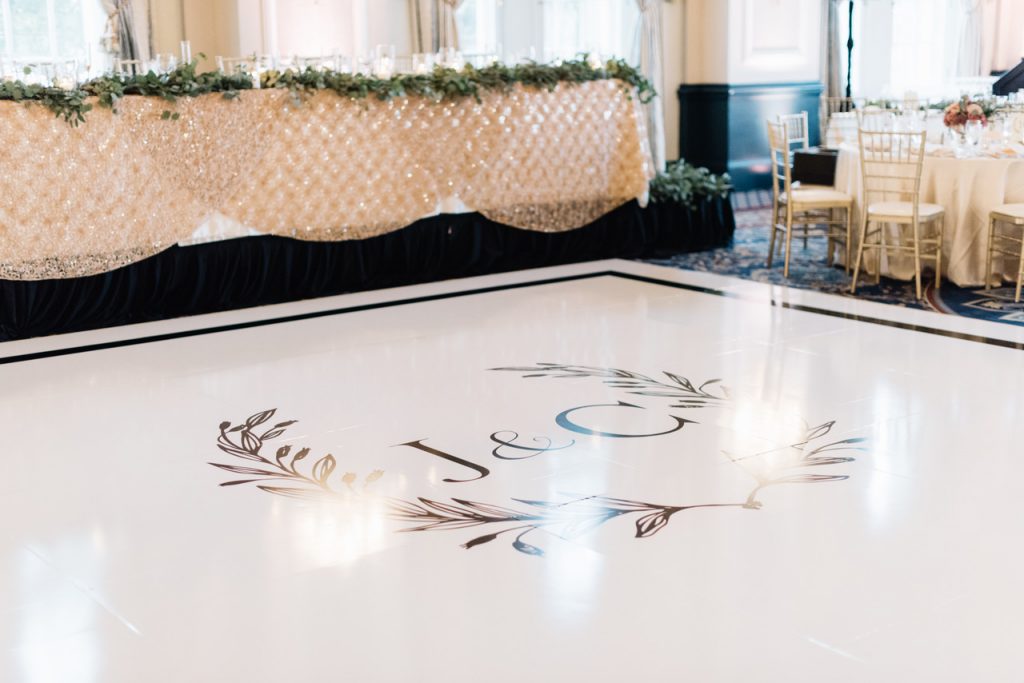Illuminating Creativity Via Color Concept for LED Movement Floor Creations
Illuminating Creativity Via Color Concept for LED Movement Floor Creations
Blog Article
Hue concept is an crucial element of aesthetics, especially as it relates to designing light-emitting diode dancing floors. The interaction of colors can significantly affect the mood and vibe of a space. By grasping how colors function together, creators can craft an environment that improves the overall encounter for participants. This article explores the basics of hue theory and its use in light-emitting diode dance surface layouts.
The primary hues are crimson, azure, and golden. These hues cannot be created by blending different colors together. Secondary hues, such as green, orange, and violet, are formed by combining main colors. Third-level colors are formed by combining a main hue with a intermediate hue. Grasping these fundamental relationships helps designers select hues that complement one another and produce a visually appealing display. Mixing these hues on an light-emitting diode dancing surface can lead to vibrant and stimulating outcomes that attract the focus of participants.
Hue value also plays a key part in aesthetics. Hues can be categorized as hot or chill. Hot hues, such as crimson, orange, and yellow, often to elicit emotions of enthusiasm and warmth. In contrast, cool colors like azure, emerald, and purple often generate a calm and soothing atmosphere. Designers can utilize these hue values to set the mood for different kinds of occasions. For example, a celebration environment may gain from warm colors that energize the audience, while a further calm event might employ chill hues to provide a calming effect.
In furthermore to hue combinations and temperature, luminosity and saturation are vital elements to consider. Brightness denotes to how light or dark a color appears, while intensity indicates the intensity of a hue. Bright, saturated colors can generate a lively and lively environment, ideal for dancing surfaces. On the contrary hand, gentler, less saturated hues can generate a more subdued environment. Through manipulating brightness and intensity, designers can attract focus to specific areas of the dancing surface or create visual routes, leading participants through the space.
Finally, it is crucial to take into these details account the psychological effects of color in light-emitting diode dance floor layouts. Various colors can evoke various emotions and responses. For instance, red is address often linked with zeal and energy, while blue can be soothing and tranquil. Understanding these associations enables designers to tactically use hues to affect the actions of dancers. By incorporating color principles into light-emitting diode dancing floor layouts, creators can improve the total experience, making it unforgettable and enjoyable for all participating.